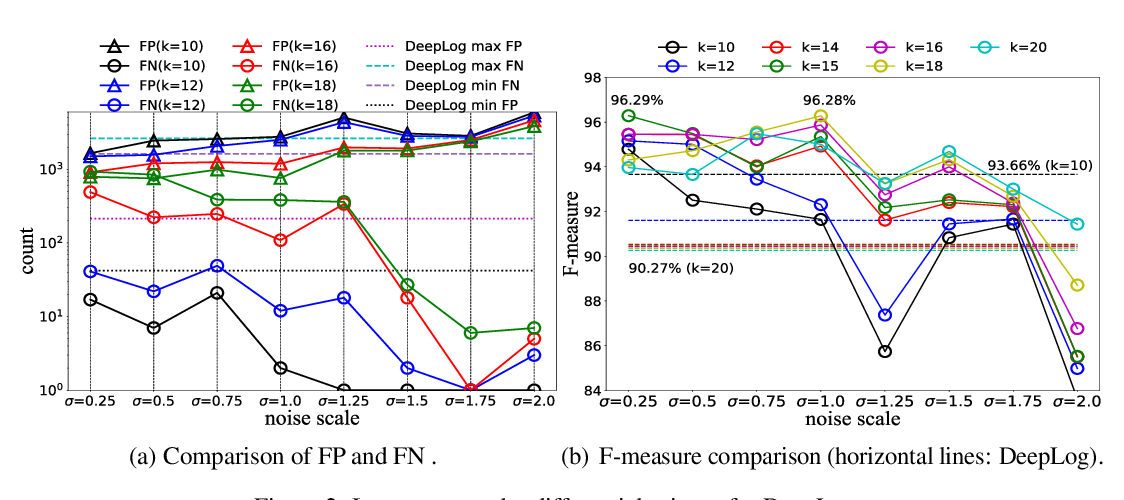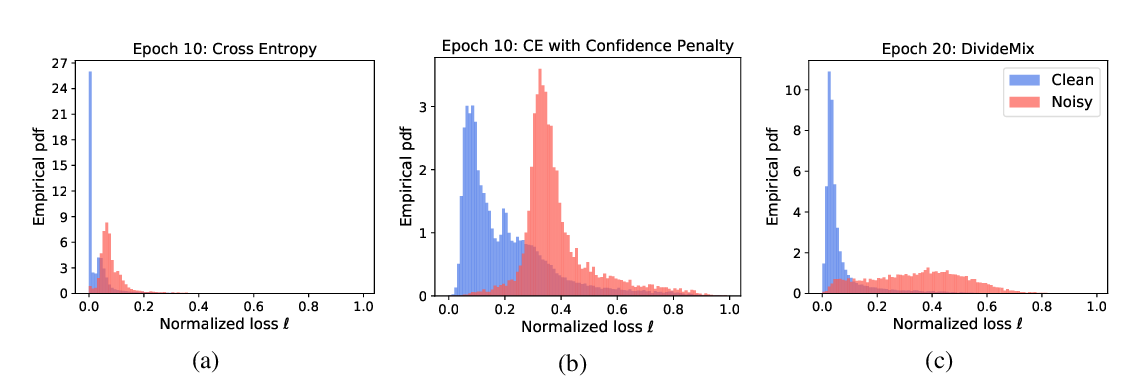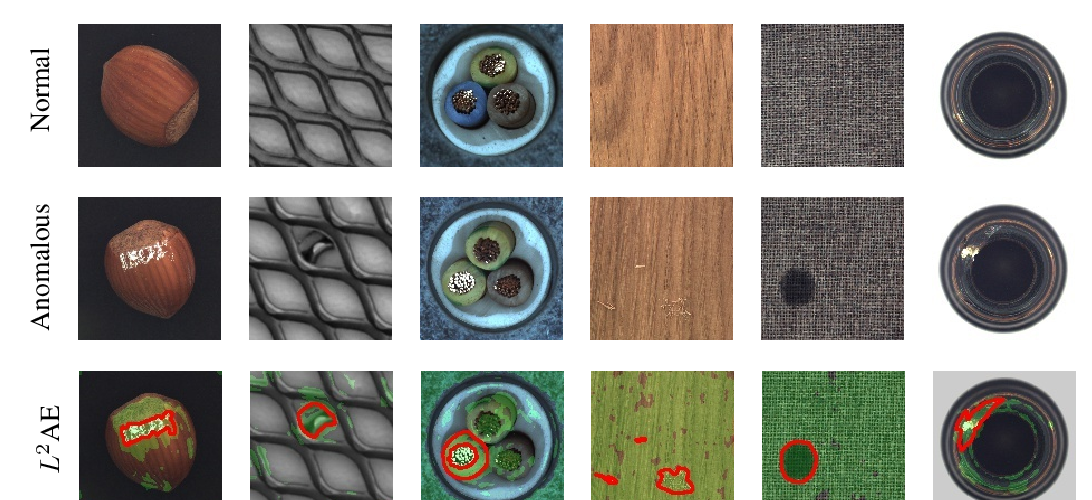Abstract:
Deep approaches to anomaly detection have recently shown promising results over shallow methods on large and complex datasets. Typically anomaly detection is treated as an unsupervised learning problem. In practice however, one may have---in addition to a large set of unlabeled samples---access to a small pool of labeled samples, e.g. a subset verified by some domain expert as being normal or anomalous. Semi-supervised approaches to anomaly detection aim to utilize such labeled samples, but most proposed methods are limited to merely including labeled normal samples. Only a few methods take advantage of labeled anomalies, with existing deep approaches being domain-specific. In this work we present Deep SAD, an end-to-end deep methodology for general semi-supervised anomaly detection. We further introduce an information-theoretic framework for deep anomaly detection based on the idea that the entropy of the latent distribution for normal data should be lower than the entropy of the anomalous distribution, which can serve as a theoretical interpretation for our method. In extensive experiments on MNIST, Fashion-MNIST, and CIFAR-10, along with other anomaly detection benchmark datasets, we demonstrate that our method is on par or outperforms shallow, hybrid, and deep competitors, yielding appreciable performance improvements even when provided with only little labeled data.



